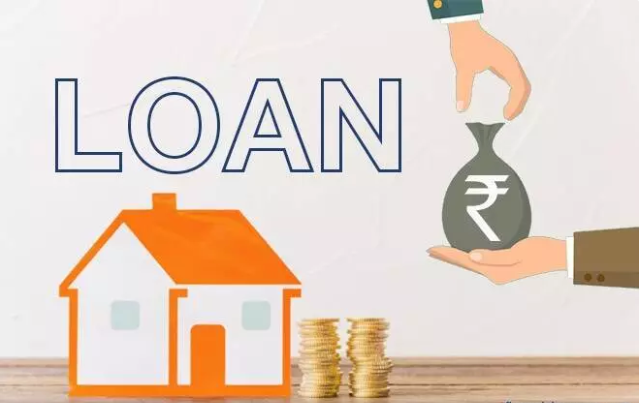Since February 2019, the repo rate has been cut seven times by RBI thus bringing the rate down by 250 points cumulatively.
Those paying EMIs on their loans such as a home loan or a car loan may not have much to cheer about. The Reserve Bank of India (RBI) has kept the repo rate constant in its August 2020 monetary policy.
However, the borrowers may still expect relief from the cuts announced earlier by RBI. Several banks had reduced their MCLR and repo linked lending rates in the recent past.
If you are a borrower with a loan linked to Marginal Cost of Funds based Lending Rate (MCLR), any fall in MCLR will help you pay lower EMIs on your loan as and when their reset-period comes up. Some banks reduce the tenure of the loan as well.
On new loans, including home and auto loans, sanctioned from October 1, 2019, onwards, the interest rate is linked to an external benchmark, which for most banks is the RBI repo rate.
Currently, the home loan interest rates for new borrowers start from as low as 6.7 per cent, however, for the majority of borrowers based on the loan amount, profession, gender etc, it is 7 per cent or even higher. It remains to be seen by when the home loan interest rate falls below for the majority of borrowers.
Also Read: RBI big announcement on gold loan, know how much relief the general public got
If you are looking for the best home loan interest rate, these lenders may be explored – SBI home loans and HDFC home loans are available from 6.95 per cent while LIC Housing Finance, Union Bank of India and Bank of India are offering home loans with rates of interest starting below 7 per cent.
The SBI 1-year MCLR has come down in the following manner over the last few years:
- July 2016: 9.15 per cent
- July 2017: 8.00 per cent
- July 2018: 8.25 per cent
- July 2019: 8.40 per cent
- July 2020: 7.00 per cent
Let us see how a 100 basis points or 1 per cent cut in home loan interest rate impacts your EMI and total interest cost.
Assuming one takes a home loan of Rs 35 lakh for 15 years, the savings in EMI and interest will be:
- EMI Saved – Rs 1860 ( Annually Rs 22,320)
- Total interest saved – Rs 1.87 lakh
The repo rate stays at 4 per cent while the reverse repo rate is at 3.35 per cent. Repo rate is the rate at which banks borrow money from the RBI. So, lower the repo rate, lower is the cost of funds for banks which in turn are in a position to pass-on the lower rates to the borrowers.
Since February 2019, the repo rate has been cut seven times by RBI thus bringing the rate down by 250 points cumulatively. However, the average MCLR – an indicator of bank’s cost of funds – is down by about 155 basis points.
If you have the home loan linked to MCLR, it can be shifted to RLLR. However, before doing so, evaluate whether it will be the right decision as RLLR suits in a falling interest rate scenario only.


